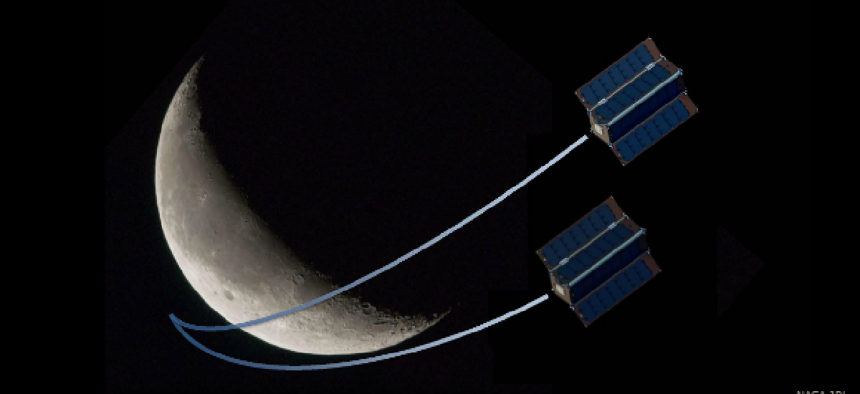NASA's International Space Apps Challenge hacks out 770 proposals


Connecting state and local government leaders
NASA holds a hackathon and more than 9,000 people contribute 770 apps, pointing to a shift in acceptance of open software development practices in government.
NASA has a mission that requires making sure the public understands the value of its experimental technology and exotic space outings. In April, NASA set a new standard for public involvement when it staged what it called the largest hackathon ever attempted, and the first of its kind to focus on the needs of government.
The global innovation potluck drew 9,147 people – 2,200 in virtual settings – and produced 770 proposals. Participants in the International Space Apps Challenge crowdsourcing event developed software, hardware, data visualizations and mobile or Web applications in one of 58 different categories.
“Our space program, more than ever, requires the active engagement of the public to co-create our future,” said Nick Skytland, program manager for NASA’s Open Innovation Program. The space agency said many of the submitted solutions, “had direct tangible benefits” to existing NASA programs, including 40 apps for NASA’s Asteroid program and 37 for its Spot the ISS Station challenge.
A wide cross section of sites from around the world were logged into the challenge, including a site from Chile that was the largest in the event; a New York site boasting 50 percent female hackers; and a contingent of high-schoolers from Haiti who were hacking a sustainable-living technology application.
Participants designed mini-satellites (CubeSats) for NASA’s Mars mission, data visualizations for the national air traffic control system and the “first interplanetary weather app,” using Mars science data. Other highlights included an underwater planetary rover using lights, thrusters and video cams and a proposal to steer the craft using Skype and a keyboard.
At least two apps from last year’s hackathon are currently in use at the agency. One converts the image file format VICAR — used by many NASA employees — to PNG format, and the other is a software platform for NASA’s underwater robotic submarines.
While the technology yield was high, so was the project’s regard for progressive open data policies. The space agency went all out to enable teams to use existing open data tools when collaborating on app development, including Twitter, Facebook and Google+.
For teams that could not tap an existing platform, NASA created an open-source Django application offering centralized registration. The site also offered collaboration pages around each challenge that were designed for government regulations related to paperwork reduction and personal privacy.
Code was not hosted natively but linked from GitHub, a Web-based hosting service for software development projects, or other repositories. NASA said it is currently open sourcing the code to the platform for the benefit of other agencies that might want to use the platform for their own hackathons or collaborations.
Video also was a key technology component of Space Apps, particularly as the judging process went forward. Each team created a 2-minute video telling the story of its project and demonstrating the capabilities. These videos (all available on Vimeo and YouTube) helped projects come alive out of their GitHub repositories.
Incredibly, NASA said a team of only four people envisioned, planned and implemented the project in six months, earning NASA a return on investment estimated at more than $15 million. The final outcome was a win-win for government, NASA said.
“Mass collaborations have not only encouraged citizens to get involved in government, but incentivized agencies to get challenges out to the people and then receive valuable input back from them quickly, inviting them to directly engage the mission in new ways never before considered,” the agency said.
NEXT STORY: Audiobooks join the GPO catalog




